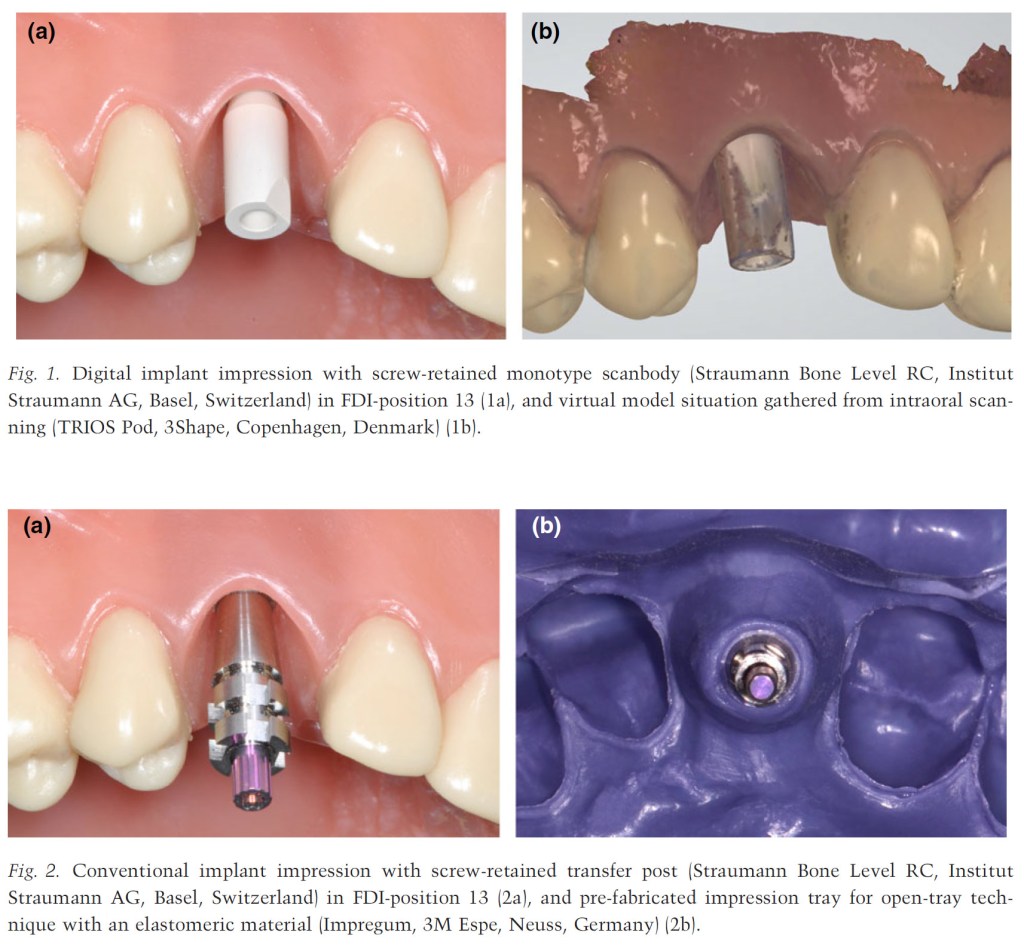What are digital impressions?
CAD/CAM (computer aided design) has been used in Dentistry since 1980’s to produce prostheses including crowns, inlays and implants. Digital impressions can be taken using an intra-oral scanner – much like a camera which measures light reflection times. The data is processed using an algorithm and displayed as a 3D model on a screen. Some systems require individual images, whilst others require video. The digital impression can then be used to manufacture the prosthesis using 3D printers.
Advantages of Digital Impressions
- Lower overall treatment time
- Lower impression taking time
- Easier to master than conventional impressions – especially for more in-experienced clinicians and students
- Fewer steps where accuracy matters, so less chance of poor fit of prostheses. (Conventional impression, stone casts, wax patterns, investment, and casting) vs (digital impression, design, and milling)
- Good for patients with gag reflexes and excessive salivation
- Can reproduce poorly scanned areas smoothly without loosing other impression data
- Data from digital impressions are easy to store and cheap to transfer
Disadvantages of digital impressions
- Impressions of a full arch is less accurate than with conventional
- High investment costs for hardware
- High investment costs for training
- Implementation will take time
- Sizes of intraoral scanners are sometimes larger than impression trays
Conclusion
Based on the literature review, the accuracy of digital impressions is comparable to conventional impression techniques for crowns, implant supported crowns and short dental prostheses. However for large and full arch prosthesis, conventional impressions resulted in better accuracy.
“When used for the right indication, digital impression making seems to be the preferred method over conventional impressions, with regard to time efficiency and patient preference.”
References
Ahlholm, P., Sipilä, K., Vallittu, P., Jakonen, M., & Kotiranta, U. (2018). Digital Versus Conventional Impressions in Fixed Prosthodontics: A Review. Journal of Prosthodontics, 27(1), 35–41. https://doi.org/10.1111/jopr.12527
Joda, T., Lenherr, P., Dedem, P., Kovaltschuk, I., Bragger, U., & Zitzmann, N. U. (2017). Time efficiency, difficulty, and operator’s preference comparing digital and conventional implant impressions: a randomized controlled trial. Clinical Oral Implants Research, 28(10), 1318–1323. https://doi.org/10.1111/clr.12982

